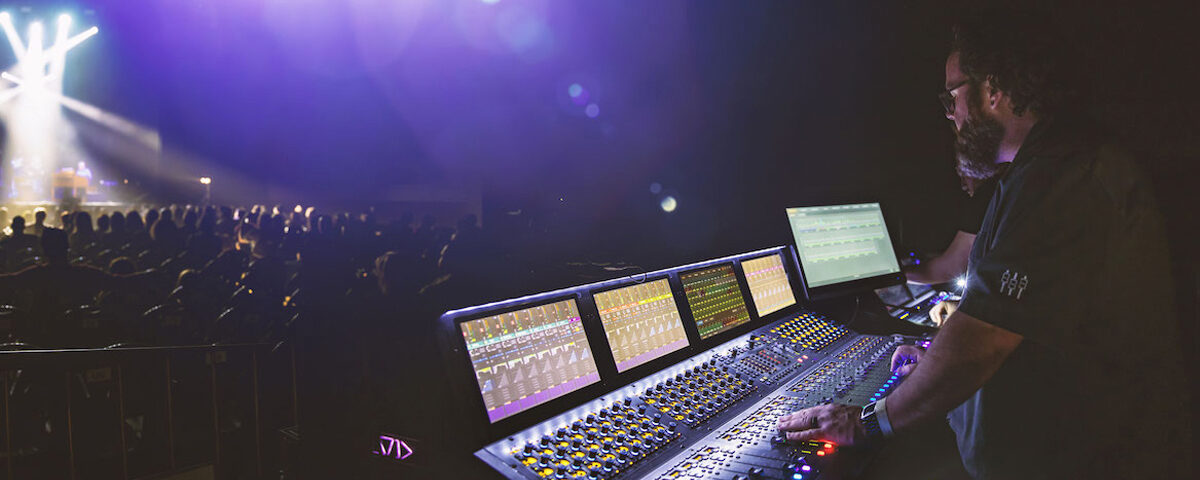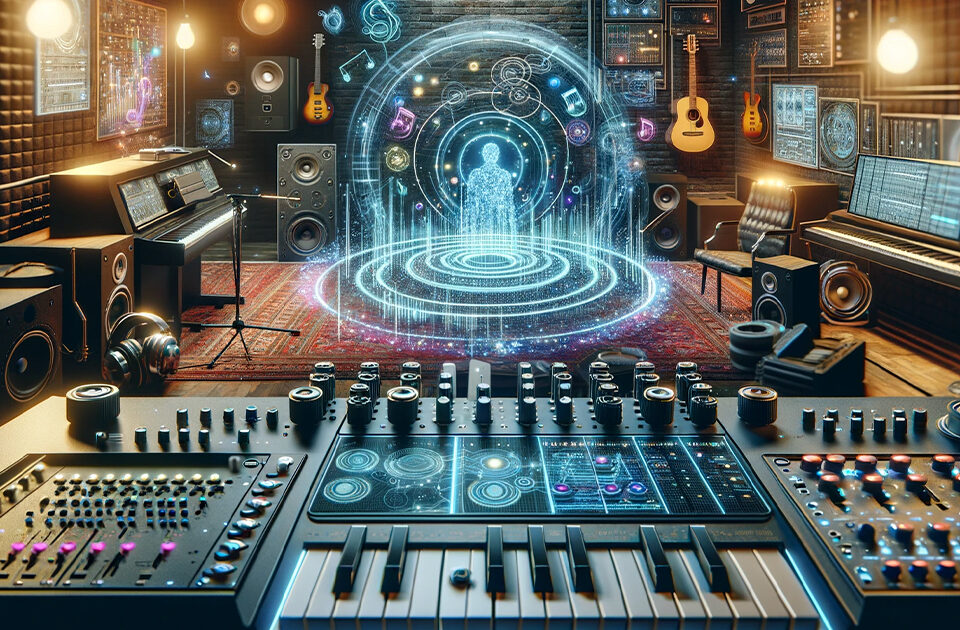Live Sound Recording – Techniques, Challenges, and Best Practices
Live sound recording is a highly specialized field within the broader spectrum of audio engineering. It involves the process of capturing and preserving the vibrancy and energy of live performances in real-time. Whether it’s a high-energy concert or a nuanced theater production, live sound recording engineers are tasked with recreating the experience for listeners who were not physically present at the event. This article will explore the various techniques, challenges, and best practices involved in live sound recording.
The Basics of Live Sound Recording
In live sound recording, the goal is to capture the direct output of each individual sound source (such as vocals, instruments, and ambient sounds) and then balance and mix these elements into a single, coherent sound output. This process involves several key steps:
- Microphone Selection and Placement: The first step in live sound recording is choosing the appropriate microphone for each sound source. Dynamic microphones are generally durable and handle high sound pressure levels well, making them suitable for loud sources like drum kits or guitar amplifiers. Condenser microphones, on the other hand, are more sensitive and accurate, making them better for capturing vocals and high-frequency instruments. Once the microphones are selected, they must be properly placed to capture the sound source effectively.
- Sound Reinforcement: This involves amplifying the captured sounds to a level that can be heard clearly by the audience. This is typically achieved through a public address (PA) system, which includes loudspeakers and amplifiers.
- Mixing: This is the process of blending the different sound sources into a cohesive whole. It involves adjusting the volume levels, equalisation (EQ), and effects for each channel to create a balanced and pleasing sound.
Challenges in Live Sound Recording
Live sound recording presents a unique set of challenges compared to studio recording:
- Acoustics: Every venue has its unique acoustic properties, which can significantly affect the sound. Engineers have to adjust their recording and mixing strategies to account for these variations. The use of soundcheck is crucial for identifying and addressing potential acoustic issues before the performance begins.
- Noise: Unlike in a controlled studio environment, engineers have to contend with unpredictable background noise during live sound recording. This can range from audience chatter to environmental noise. Engineers must use creative microphone placement and noise reduction techniques to minimize these unwanted sounds.
- Feedback: This occurs when the sound from the PA system is picked up by the microphones, creating a loop that results in a high-pitched squeal. Feedback can be controlled by adjusting the microphone placement, using directional microphones, or using feedback suppression devices.
- Limited Control: In a studio, an engineer can ask a musician to repeat a part or adjust their playing. In live sound recording, there are no do-overs. The engineer must be prepared to make quick decisions and adjustments on the fly.
Best Practices in Live Sound Recording
Despite these challenges, there are several strategies that engineers can employ to achieve high-quality live sound recordings:
Plan Ahead: Preparation is key in live sound recording. Engineers should familiarize themselves with the venue, the performers, and the equipment well in advance of the performance. This will help them anticipate potential issues and come up with solutions before they become problems.
- Use High-Quality Equipment: While skill and experience are crucial, the quality of the recording will be limited by the quality of the equipment. Investing in high-quality microphones, cables, and recording devices can greatly improve the final result.
- Monitor the Sound: Engineers should use high-quality headphones or monitors to listen to the sound as it is being captured. This allows them to detect any issues and make adjustments in real-time.
- Multitrack Recording: Multitrack recording, where each sound source is recorded to a separate track, can provide greater flexibility in the post-production stage. This allows for individual adjustment of each track for volume, EQ, and effects, which can significantly enhance the final mix.
- Capture Room Ambience: To recreate the feeling of being at the performance, it can be beneficial to record the ambient sound of the room. This can be achieved by placing room mics at strategic locations to capture the audience’s reactions and the natural reverberation of the space.
- Ensure Adequate Power Supply: Power issues can cause equipment failure or recording loss. Engineers should ensure there is a reliable power source, preferably with a backup option.
- Post-Production: The work doesn’t stop when the performance ends. The post-production stage, which involves editing, mixing, and mastering the recording, is crucial in achieving a polished, professional sound.
Summary
Live sound recording is a challenging yet rewarding discipline that requires a combination of technical knowledge, practical skills, and creative instincts. While the unpredictability of live performances can present unique challenges, it also provides opportunities for capturing moments of spontaneous magic that can’t be replicated in a studio environment.
With careful planning, the right equipment, and a deep understanding of acoustics and sound engineering principles, engineers can effectively capture and convey the energy and excitement of live performances. As technology continues to evolve, so too will the techniques and tools available for live sound recording, opening up new possibilities for bringing the live experience to listeners everywhere.


